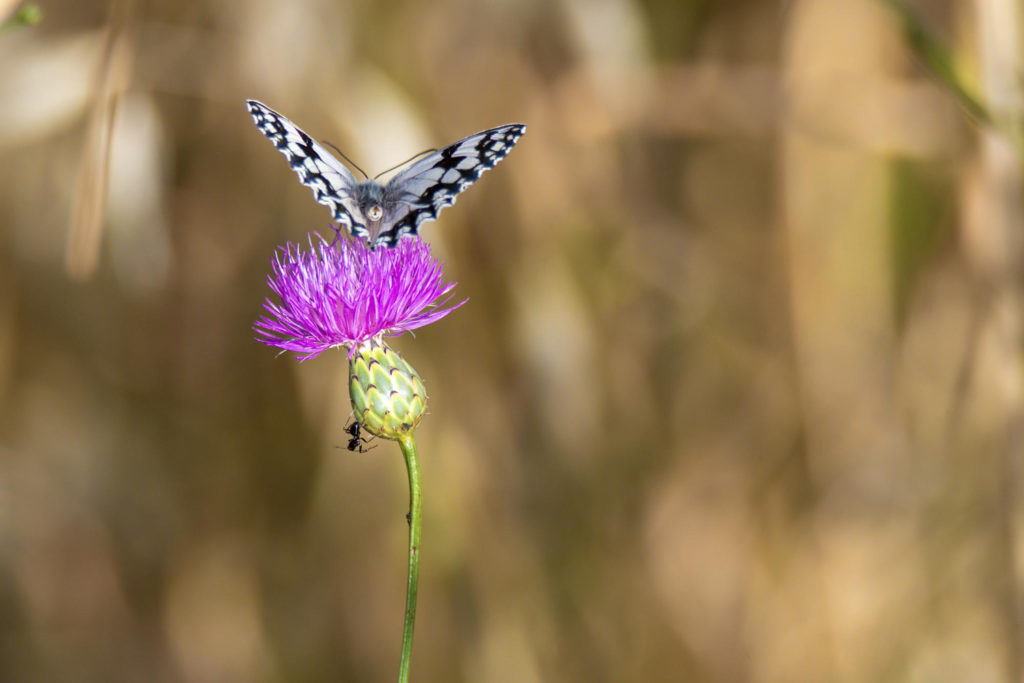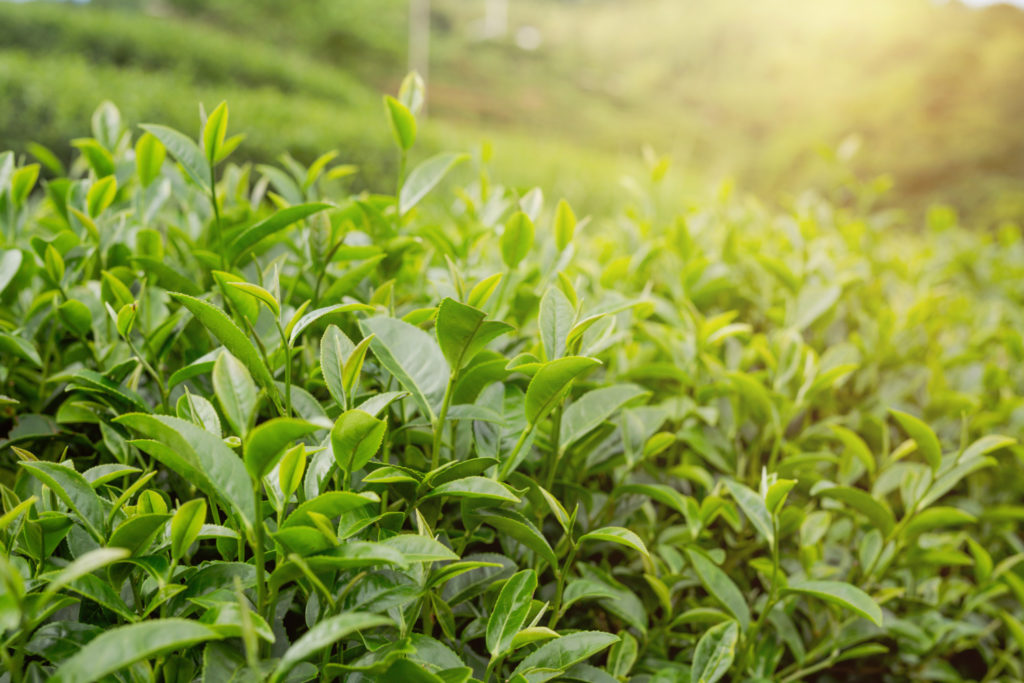What did the authors of the work do?
If the leaves from a tea bag could tell a story, they would
Most of the interactions between plants and living thingsorganisms remains undocumented. Cataloging every creature that feeds on or pollinates a particular plant can take an enormous amount of time and effort.
“There are very unusual interactions that we know little about because no one has studied them before,” says Henrik Krechenwinkel, an environmental geneticist at the University of Trier.
Krechenwinkel, together with a group of scientists, came up withhow to understand who lived next to a certain plant. To do this, they bought teas and herbs at the grocery store and tested them for minute traces of DNA. This is a technique called environmental DNA analysis or eDNA.
In his study published in the journalBiology Letters, the team said they found traces of more than 1,200 different arthropod species. During their work, they analyzed only four plants: chamomile, mint, tea and parsley. But the method can be applied to any dried plants.
It's a potentially indispensable tool for monitoring endangered species, the team says, and helps track how pests are spreading.

What kind of tea did scientists take and what did they do with it?
The researchers chose tea andherbs, because other similar products are made from heavily crushed and dried leaves, which are hard to find. “Coffee, for example, is highly processed, so it likely has very little DNA,” says Krechenwinkel.
Scientists looked at the shelves of all local groceryshops to find herbs and teas from all over the world. They bought several of the same products, but from different brands, to keep track of all the variety of arthropods. Based on this material, the team developed methods for DNA extraction and amplification. According to the authors, the vast majority of DNA in tea leaves comes from plants.
“Probably 99.999% of the DNA is the plant itself and only a tiny part is insect DNA,” Krechenwinkel explains.
He added that even a slight presence of arthropod DNA is a good sign. So the tea is not impregnated with pesticides.
Next, the researchers determined how to extract arthropod DNA from tea. They found a key sequence that distinguishes the genome of plants and arthropods.
As a result, the team found, on average, more200 different arthropod species in each tea sample. And, they note, not all of the data could be attributed to known species. Therefore, it is necessary to continue research among little-known and poorly studied groups.
The remaining identified species are consistent withgenerally accepted information about their habitat. For example, mint tea contained insect DNA from the Pacific Northwest region of the United States, where mint grows. Green tea contained DNA from East Asian insects.

Why do we need so much data on insects?
The team believes that if we analyzeenvironmental DNA from tea, the collection of insect data from around the world can be facilitated. According to Eva Egeling Sigsgaard, a molecular ecologist at Aarhus University, the main challenge in eDNA research is the limited sample size. If you use teas and herbs, you can get around this problem.
The new approach will also help scientists track the spread of pests. It often happens that insects move around the Earth on cargo ships, plants or firewood.
Usually most die, but there are specieswhich successfully migrate and continue to cause damage to forests or crops. Therefore, it is important for biologists to track dangerous species in a timely manner and control their population.
Krechenwinkel is especially interested in extracting eDNAarthropods from plants that were collected many years ago, and now they are kept in museum collections. He then wants to compare the results with analyzes of living plants from the same area to see which arthropod species have come and gone.
Read more:
Created a quantum computer that "went beyond the binary system"
The supersonic plane will fly at a speed of 2,000 km/h and cross the ocean in 3.5 hours
A compelling new theory emerges as to why the Mayan civilization collapsed